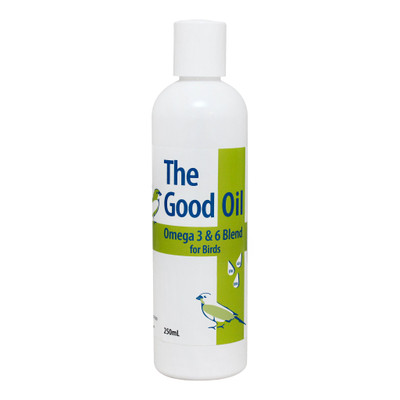Wombaroo Lorikeet & Honeyeater Bird Food is a complete, balanced diet for all nectar-eating birds, including lorikeets, lories, honeyeaters, wattlebirds, miners, sunbirds and hummingbirds.
Key Features
- Complete Nectar Food - powder dissolves in water to make a liquid diet that doesn't separate out.
- Mimics Natural Diet - replicates the consistency and nutrient value of the natural diet.
- Easily Digested - low fibre and starch content for good digestive function.
- Improved Health - calorie-controlled feed guidelines, balanced protein content and moderate iron, vitamin A and vitamin D3 levels.
Feeding Guide
- To make 100mL: Mix 3 scoops of powder (30g) with 80mL of warm water.
- To make 1 Litre: Mix 300g of powder with 800mL of warm water.
- Add half the water to the powder first and mix until dispersed.
- Then add the remaining water and mix thoroughly.
- Prepared food can be stored in the fridge for a day or can be frozen for up to 2 weeks.

For feeding captive birds:
- Use as the maintenance diet for captive lorikeets, lories & honeyeaters.
- Overfeeding can cause obesity, so feed the suggested amounts in the feeding guide.
- In hot weather provide fresh food in the morning and evening to prevent spoilage.
- Offer fresh water, fruit and blossom daily.
- For breeding birds increase feed by 30% and supplement with Wombaroo Insectivore Rearing Mix.
For supplementing wild birds:
- Set up an elevated feeding station. Provide the prepared food in a shallow, glazed bowl.
- Ration daily feed to no more than 10mL per lorikeet or 5mL per honeyeater.
- Limit the frequency of food offered to reduce dependence on the food.
- Remove the bowl daily and thoroughly clean it.
- Disease transmission and the presence of predators can be a problem at feed stations.
- An alternative to direct feeding is to plant native shrubs and provide fresh water.
Ingredients
Sucrose, glucose, maltodextrin, whey protein, casein, lysine, methionine, vegetable oils, omega-3 & 6 fatty acids, taurine, carotenoids, vitamins A, B1, B2, B3, B5, B6, B9, B12, C, D3, E, K, biotin, choline, calcium, phosphorus, potassium, sodium, magnesium, zinc, iron, manganese, copper, iodine, selenium, 1g/kg Actigen® dried yeast prebiotic.
Typical Analysis
| Protein | 12% |
| Fat | 5% |
| Ash | 4% |
| Moisture | 3% |
| Energy (ME) | 17 MJ/kg |
Pack Sizes
250g, 1kg, and 5kg.
2 Reviews Hide Reviews Show Reviews
-
Lorikeet feed
Hi, Just thought you would like to know our Lorikeet named Bobby and also talks. We have had Bobby for 29 years and she is still going strong I know because she loves to talk to herself. Bobby does not have any grey hair yet(pun). and still looks beautiful. My story is this Bobby was brought to us by a motorist who found her on the side of the hwy. Bobby was just a bundle of fur, I phoned a local vet who said she would not survive how wrong they were, bobby slept in a woollen rug for a long time was fed once a day with sloppy food mainly breakfast oats. Bobby is a beautiful girl and loves our company just thought you would like to know what love and care can do.
Regards Terry.
Oh by the way bobby has been raised on Lorikeet & Honey food plus fruit. -
Excellence
Great base diet for honeyeaters. In addition to this I provide live mealworms, high protein mix for self-feeders, slivers of fruit and native blossom. I use this both mixed and dry to promote self-feeding. It's been a staple of mine for many years now.












